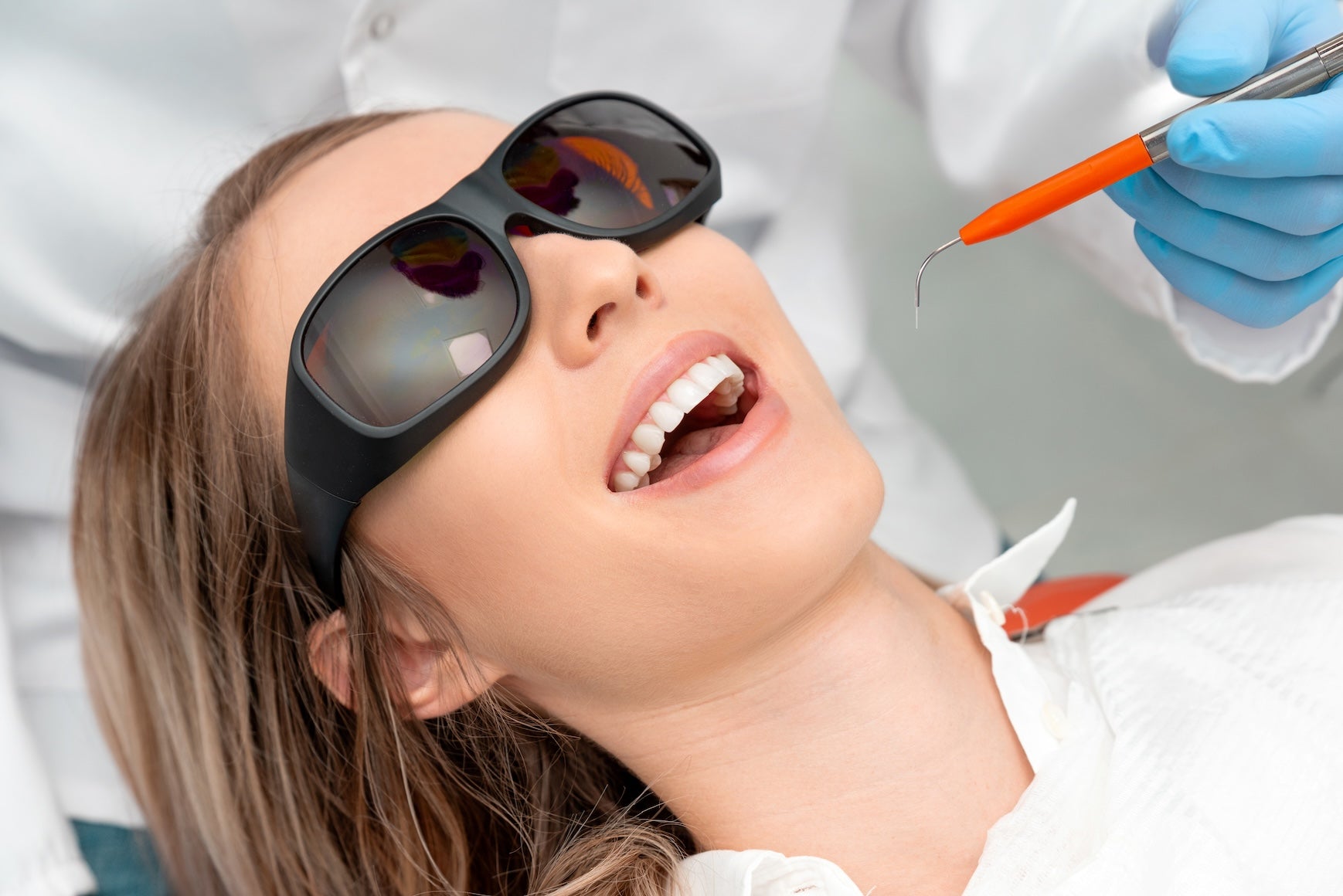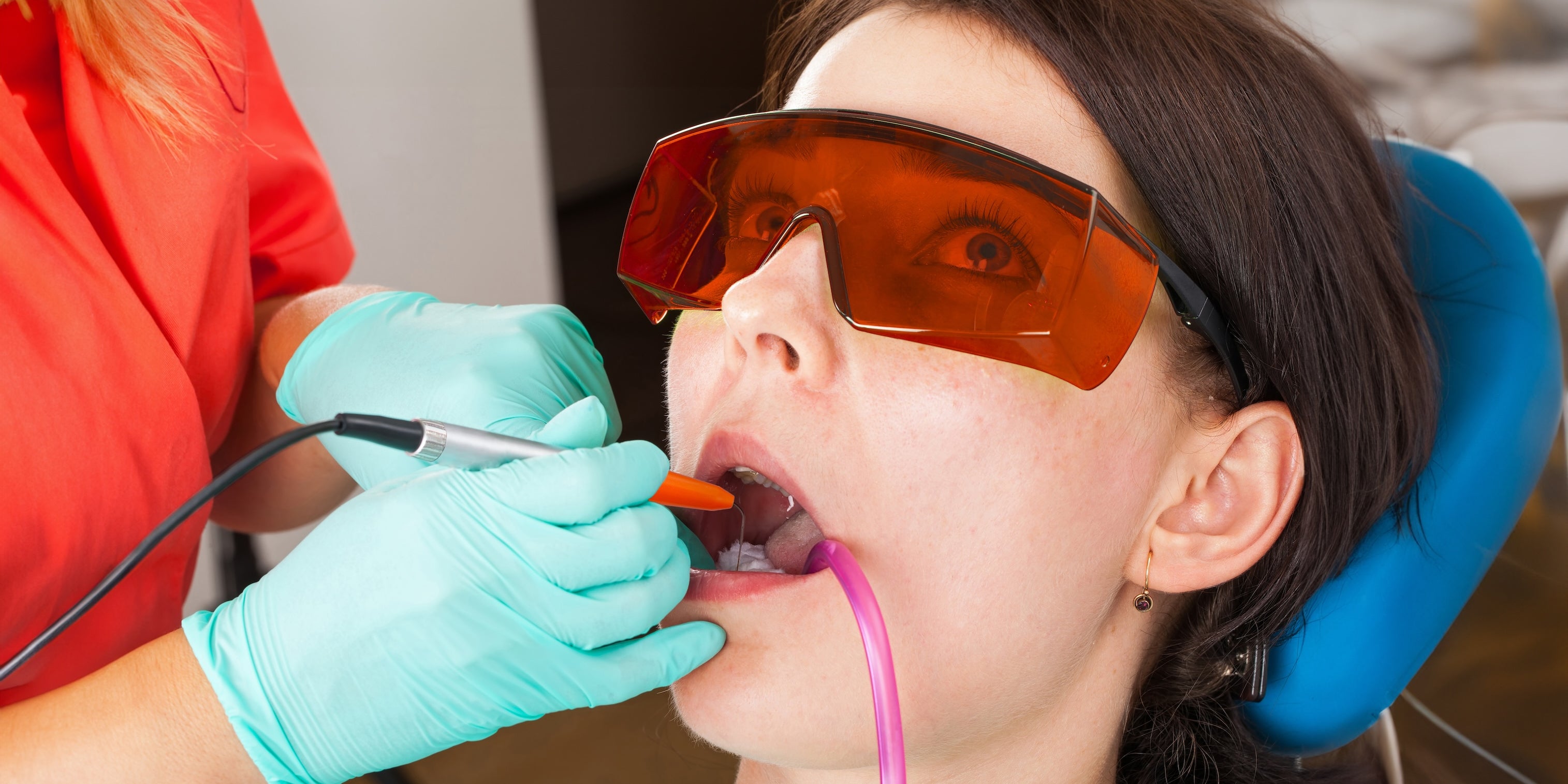Unlocking the Power of Soft-Tissue Lasers in Hygiene

In the rapidly advancing field of dental care, low-level lasers, particularly through photobiomodulation (PBM) and red light therapy, have emerged as transformative tools. Angie Wallace, RDH, has shared her extensive knowledge and experience on these technologies, revealing how they can significantly enhance patient outcomes.
Understanding Photobiomodulation (PBM) and Red Light Therapy
Photobiomodulation, or low-level laser therapy (LLLT) or biostimulation, involves using low-power lasers or light-emitting diodes (LEDs) to stimulate cellular function. This non-invasive therapy harnesses specific wavelengths of light to penetrate tissues and trigger beneficial physiological responses. PBM has shown promise in reducing pain and inflammation and accelerating tissue repair, making it a versatile tool in dental and general medical practices.
Applications in Dental Practice
One of the key advantages of PBM and red light therapy is their ability to improve healing and reduce discomfort in various dental procedures. Angie Wallace highlights several practical applications:
- Pain Management: PBM can effectively reduce post-operative pain and discomfort in patients undergoing procedures such as extractions, implant placements, and periodontal surgeries. The therapy works by modulating the inflammatory response and promoting tissue regeneration.
- Enhancing Healing: By stimulating cellular activity, PBM accelerates the healing process of soft tissues. This is particularly beneficial for patients recovering from oral surgeries, as it minimizes downtime and promotes faster recovery.
- Inflammation Reduction: Chronic inflammation is a common issue in periodontal disease and other oral conditions. PBM helps to modulate the inflammatory response, reducing swelling and promoting healthier tissues.
- Managing Oral Mucositis: For patients undergoing cancer treatments, oral mucositis can be a debilitating side effect. PBM has been shown to alleviate the severity of mucositis, improving the quality of life for these patients.
Case Studies and Real-World Impact
Angie Wallace’s case studies illustrate the tangible benefits of PBM in dental practice. For example, a patient with severe periodontal disease who experienced significant pain relief and improved tissue health after a series of PBM treatments, or another case highlighted a patient recovering from implant surgery, where PBM accelerated the healing process, allowing for a smoother and faster recovery. Her case studies consistently demonstrate that photobiomodulation (PBM) significantly benefits dental practice by providing pain relief and promoting tissue health in patients with severe periodontal disease and by accelerating the healing process in post-implant surgery patients.
Future Prospects and Continued Education
As the evidence supporting PBM and red light therapy continues to grow, it is essential for dental professionals to stay informed and trained on these technologies. Incorporating PBM into routine dental practice not only enhances patient care but also positions dental professionals at the forefront of innovative treatment modalities.
We offer a range of resources, including online training and webinars, to ensure that our community stays ahead in delivering cutting-edge patient care. Angie Wallace's expertise and insights into PBM and red light therapy underscore the transformative potential of these technologies. By embracing these advancements, dental professionals can significantly enhance their practice, improve patient outcomes, and lead the way in modern dental care.

